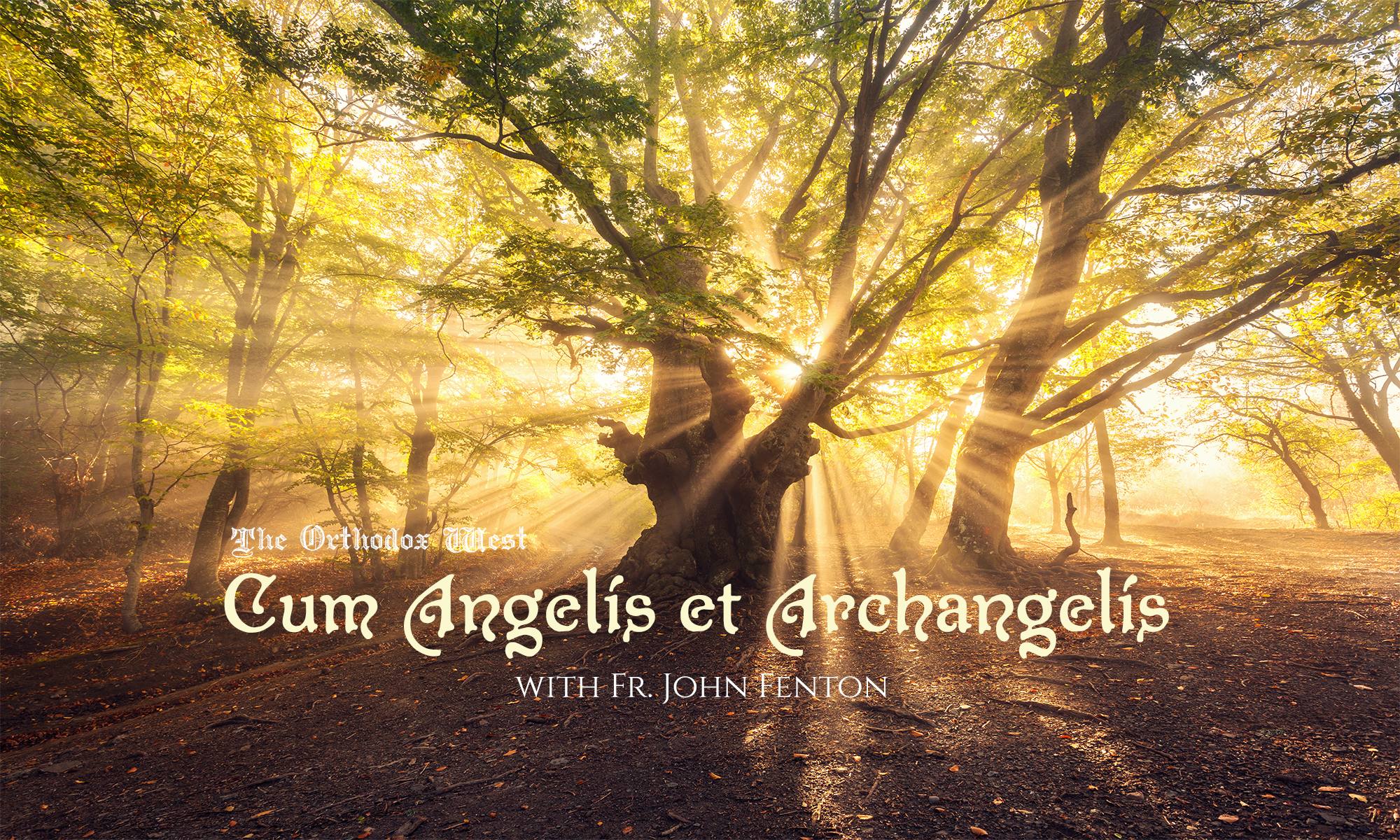Like its Greek counterpart, et in saecula saeculorum means “unto the ages of ages” or “throughout all ages” or, literally, “and in(to) the ageless age.” Both in Greek and Latin, this phrase commonly concludes the liturgical prayers. In the Latin tradition, those prayers end with a Trinitarian doxology, most often put into majestic liturgical English like this: “through Jesus Christ, thy Son, Our Lord, who with thee in the unity of the Holy Ghost, liveth and reigneth God: world without end.”
The last words “world without end” are the translation of et in saecula saeculorum. Yet the translation doesn’t, on the surface, seem to fit the Latin or Greek original. To be sure, both reference an endless time, but the Greek and Latin speak of an age or aeon, while the English speaks of a world. How is this possible? How do we understand this?
The word “world” does not have to, and does not always, refer to a material place called “earth” or some planet. That’s what we might hear, but that’s not the only use. We talk about “the animal world,” “the ancient world,” things being “worlds apart,” a person being in “his own world,” the collapse of “my world” or the “world around me,” or even the stage of human life, as in “this world or the next.”
It is this latter use that occurs in the phrase “world without end.” This use of the word “world” suggests that there are two worlds: the world that ends, and the world that never ends. Liturgically (and therefore theologically), the world that ends would, of course, refer to the transitory, corrupted, fallen “world” which was separated from “God’s world” due to the introduction of death via sin. This passing world is the one we live in now.
But, by baptism, we also have a foot in the “life of the world to come” (as the Creed puts it). That world is the world of the kingdom of heaven, the word that never ends. It is this “world without end” for which we long, and which we enter during the Mass.
At the Mass, then, these two worlds intersect: the fallen world, and the heavenly world. One might describe them as visible and invisible (as does the Creed) or the world of man and the world of spirit—but that is a dicey understanding which needs much greater explanation.
Suffice it to say, the “world without end” mentioned at the end of the prayers is the Trinitarian world which we encounter, but not fully; which we see by faith, not yet by sight (except by some glimpsing miracle); and which we do not yet fully know, although parts of the fallen world certainly give us insight in the world to come.
That heavenly world is what both the Greek and Latin have in mind, using a more abstract construct. It is the unique talent of English, however, to describe more concretely the realm of Our Lord—His “world without end.”

